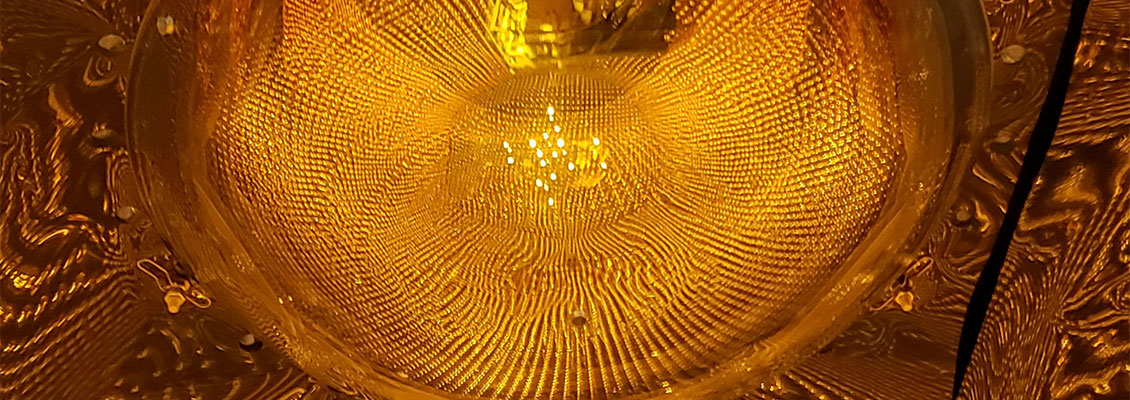
$1.65 Million Grant Will Fund Projects in Neutrino Oscillation
You could be forgiven if you haven’t thought much about neutrinos. The subatomic particles are produced by the sun and by stars, moving unnoticed through rock, metal, air – even through people.
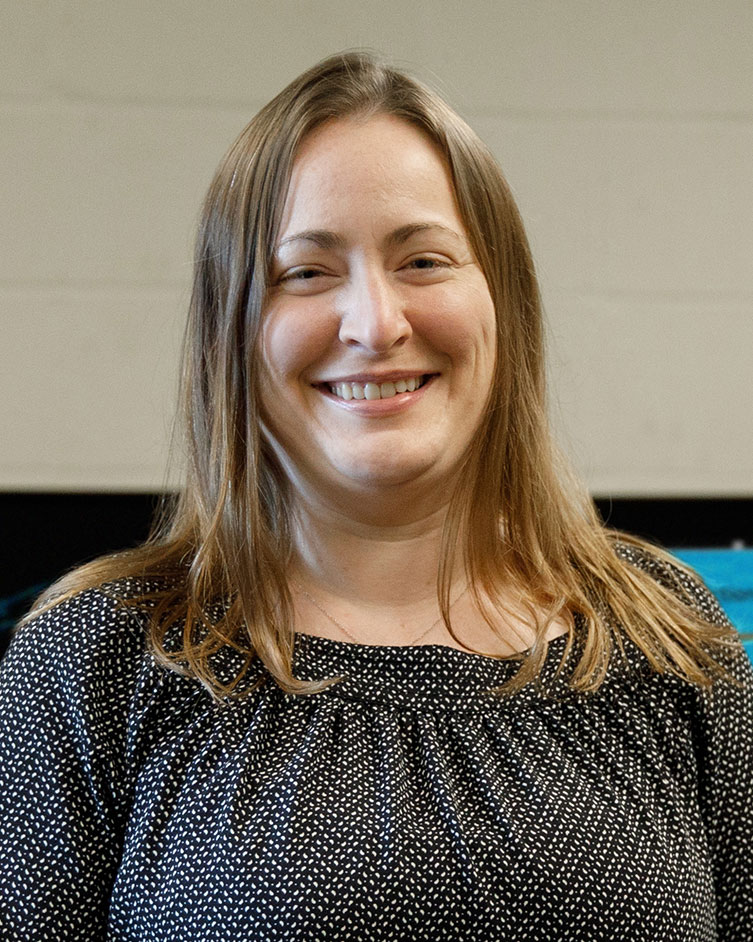
But maybe you should know more about them. International efforts to understand them better could answer one of the enduring mysteries about the nature of the universe: if, as scientists believe, equal amounts of matter and antimatter were created during the Big Bang, why didn’t they cancel each other out, leaving nothing? Instead, matter persisted, and here we are.
“What happened to all that antimatter?” asks Lisa Koerner, associate professor of physics at the University of Houston and principal investigator on a $1.65 million grant from the Department of Energy to fund several projects seeking answers. “This work could help to establish the mechanism by which all the antimatter disappeared.”
“ This work could help to establish the mechanism by which all the antimatter disappeared.”
There are three types, or flavors, of neutrinos – electron, muon and tau – and the particles morph from one type to another as they travel, a process known as oscillation.
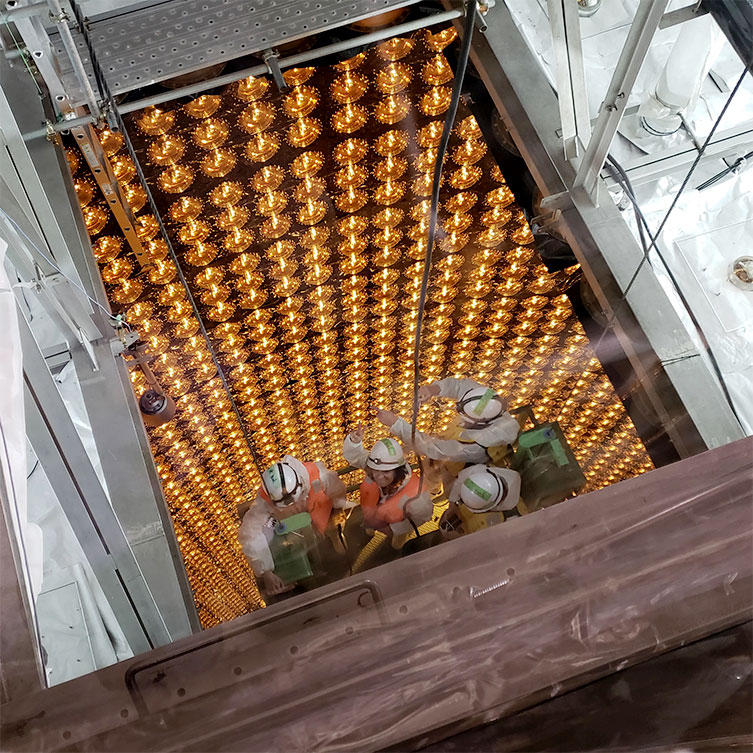
Koerner and her colleagues in the particle physics group at UH’s College of Natural Sciences & Mathematics are leading and working on projects around the world that seek to explain how neutrinos change properties as they move, a field that is expected to shed light on the behavior of matter and subtle differences between those properties in matter and antimatter. Their work ranges from analyzing data to designing and installing sophisticated equipment used to detect the particles.
“These physicists are trying to push the boundaries of our understanding of the universe, and neutrinos are a good place to do that,” said Kevin Bassler, Moores Professor of Physics and Mathematics and chairman of the UH Department of Physics. “Neutrinos can fly right through the center of the planet without ever interacting with the planet at all. They rarely interact with anything. The experiments to detect them and determine their properties are very challenging.”
An 800-Mile Long Neutrino Beam
The DOE grant is just the latest for UH physicists engaged in this work. In addition to Koerner, it will fund work by Andrew Renshaw and Daniel Cherdack, both assistant professors of physics, for projects related to the Deep Underground Neutrino Experiment, known as DUNE. Currently under construction outside of Chicago at the Fermi National Accelerator Laboratory, or Fermilab, DUNE is set to begin operations later this decade.
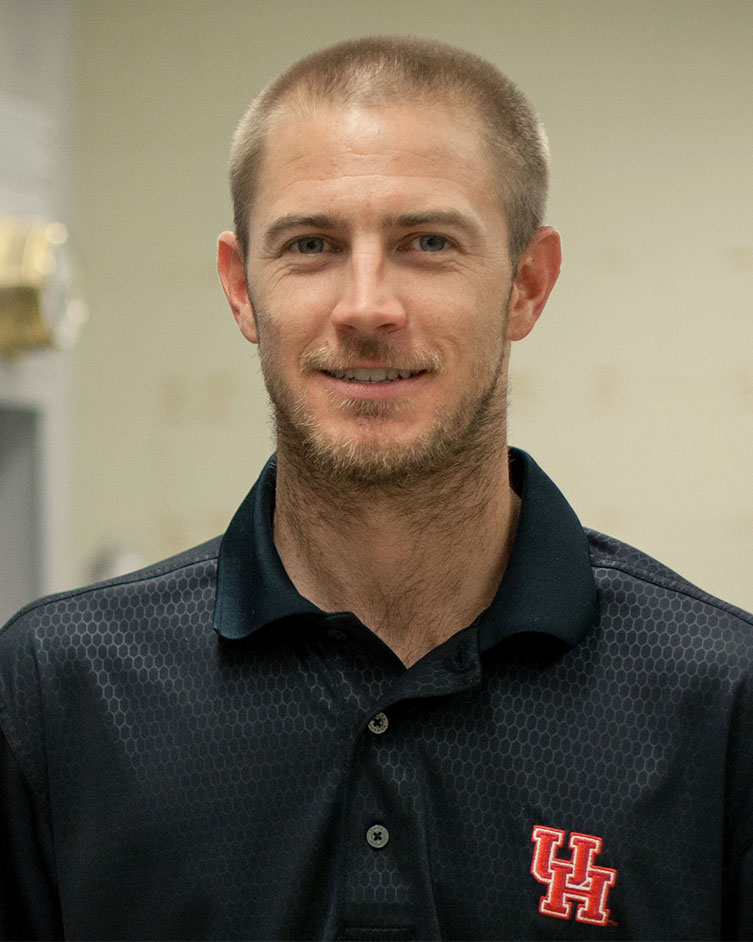
The project will use a powerful proton accelerator to create a beam of neutrinos that will travel from Fermilab to a detector buried a mile underground in the Sanford Underground Research Facility in South Dakota, allowing researchers to study how the neutrinos change during the 800-mile journey. The two detectors aren’t connected by a pipeline or other infrastructure – the neutrino beam moves through the Earth’s crust.
DUNE involves more than 1,000 scientists from 30 countries, making it one of the largest collaborations of its type. What they ultimately discover could tell us whether neutrinos are the reason the universe is made of matter. DUNE will also look for exotic new physics and search for proton decay, a discovery that would establish a link between all types of particle interactions. Scientists could even find neutrinos emerging from an exploding star.
DUNE will use a detector technology called a Liquid Argon Time Projection Chamber (LAr TPC), which uses cryogenic equipment to keep argon liquid at -200 Centigrade, or about -328 degrees Fahrenheit. The Time Projection Chamber measures what happens when the neutrinos interact with the argon.
Koerner began working with neutrinos during graduate school and as a post-doctoral researcher at Brookhaven National Laboratory, including with the K2K experiment in Japan, the MINOS experiment at Fermilab, and later at the Daya Bay Neutrino Experiment in China. Her research group currently studies proton decay and other beyond-Standard-Model processes in DUNE. The group also collaborates on the NOvA project, a smaller scale experiment that studies neutrinos as they travel from a detector at Fermilab to one in Minnesota.
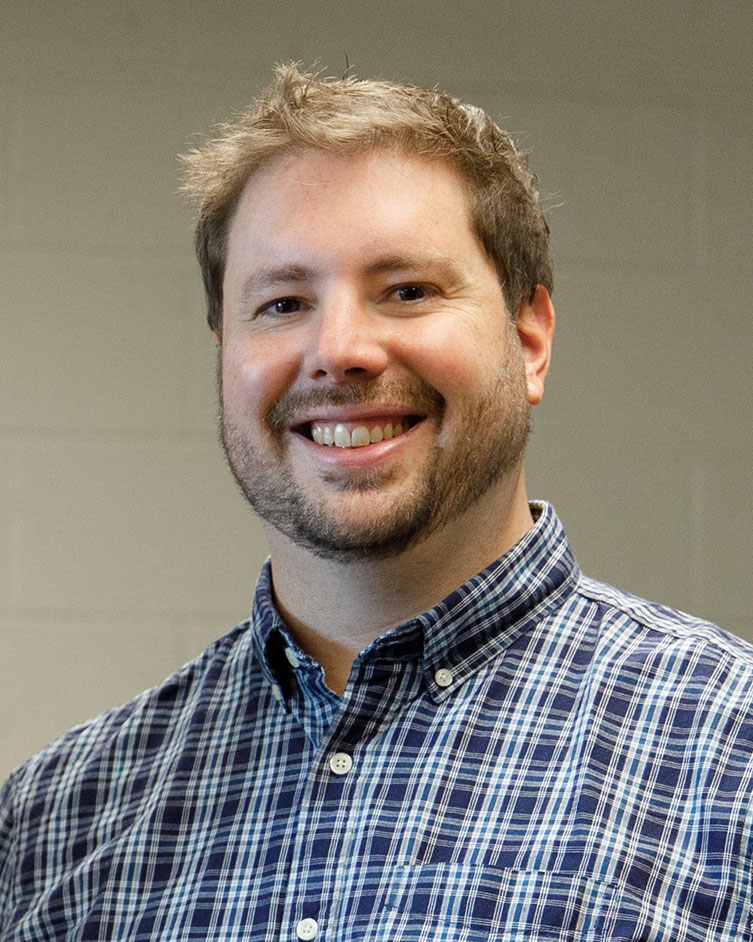
UH physicists have been involved in neutrino science for years, Bassler said, and have played major roles in a number of international projects. Recent hires have helped to sustain the focus.
“We wanted to make sure this group was able to continue this work,” he said.
Cherdack was among the new hires, arriving in 2018 and bringing experience in several projects with which the University had not previously been involved.
That includes T2K, a project based in Japan which fires a beam of neutrinos from one side of the country to the other, and ICARUS, a detector which began its work in Italy but was moved to Fermilab in 2017 to search for sterile neutrinos.
But DUNE is different. “The beam there will be more intense, the detectors are bigger, so we’ll catch more neutrinos,” Cherdack said. Bigger detectors and more neutrinos offer the chance to collect more data and measure smaller effects.
The Search for Dark Matter
Still, the other projects are yielding valuable information on their own, as well as helping scientists prepare for the work they will do with DUNE.
Cherdack leads teams at both T2K and ICARUS that measure neutrino interactions. The more those groups learn, the better prepared they will be to hone in on answers when DUNE begins operations, he said.
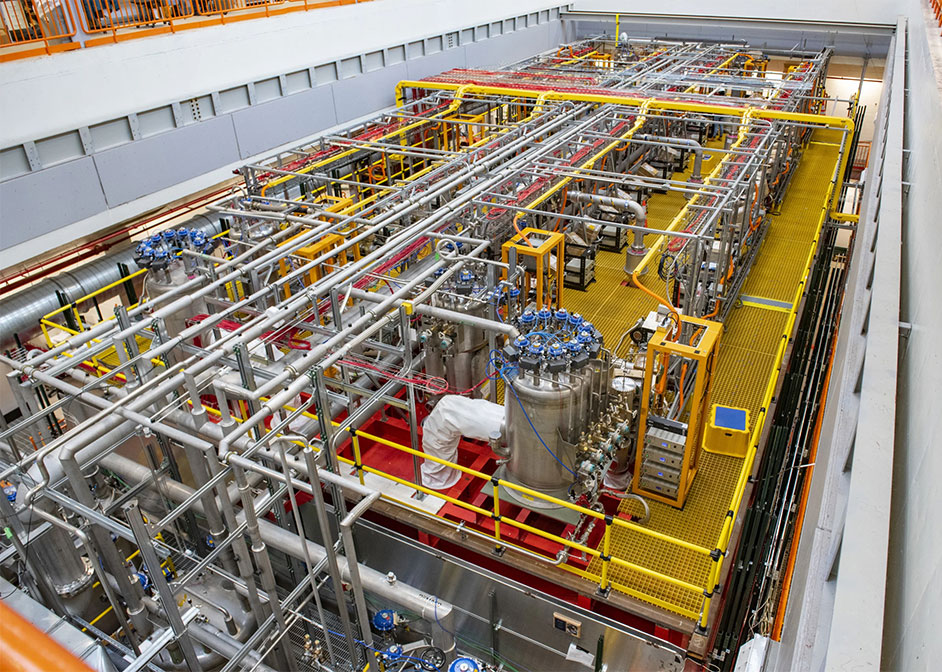
Renshaw, meanwhile, is in charge of designing and helping to fabricate and install a system to monitor the purity of the liquid argon inside the detectors; impurities can inhibit recording particle interactions. This system is based on a design from Renshaw that is currently used at the prototype detector at CERN, located in Switzerland.
He also is involved with several related projects, funded by almost $5 million in grants from the National Science Foundation and other agencies.
While DUNE is an enormous project both physically and in complexity, other projects are small enough to fit on a lab table. Renshaw is a founding member of the HUNTER Collaboration (Heavy Unseen Neutrinos from Total Energy-momentum Reconstruction), which will search for a heavy sterile neutrino, a potential explanation for the existence of dark matter.
Sterile neutrinos have never been detected, but Renshaw said their existence would answer questions that have been raised by other experiments. “It would fill in some of the gaps in our Standard Model of particle physics,” he said. “In experiments looking at neutrinos, they have some anomalies that, if you included sterile neutrinos, the results potentially make sense.”
But because sterile neutrinos don’t interact with normal matter in the way standard neutrinos do, they can’t actually be detected. “We have to find what’s not there,” he said.
Which leads to Renshaw’s work on the DarkSide, experiments conducted by the Global Argon Dark Matter Collaboration. The collaboration began work with a smaller detector in Italy in 2014 and is currently preparing to build a larger detector, DarkSide-20k, to search for dark matter, as well as for neutrinos from the sun and supernova bursts.
Renshaw serves on the DarkSide executive board and is technical coordinator for the procurement of underground argon from Colorado. His research group also is responsible for component design and data analysis.
Like the work with neutrinos at DUNE and other projects, the search for dark matter is a search for what most people never see. Unlike neutrinos, dark matter remains unobserved by scientists.
“It hasn’t been directly detected in a detector, and we don’t know exactly what it is,” Renshaw said. “But based on astrophysical and astronomical observations, we know it is there. We know what properties it doesn’t have – it doesn’t have an electrical charge. It doesn’t give off light. You can’t see it in a typical way.”
Both the search for dark matter and the ambitious projects to better understand neutrinos are designed to answer fundamental questions about the universe, but Koerner said there are also aspects of the work that have practical applications.
“Particle physics involves a lot of heavy-duty computing, and we work on building those systems,” she said. “There is a lot of work involved in building the detectors, the instrumentation, the hardware. We’re not looking to invent some new technology, but the developments to enable these big experiments can be useful in other fields. We also train a lot of students who are able to make contributions in fields outside of particle physics.”
- Jeannie Kever, University Media Relations